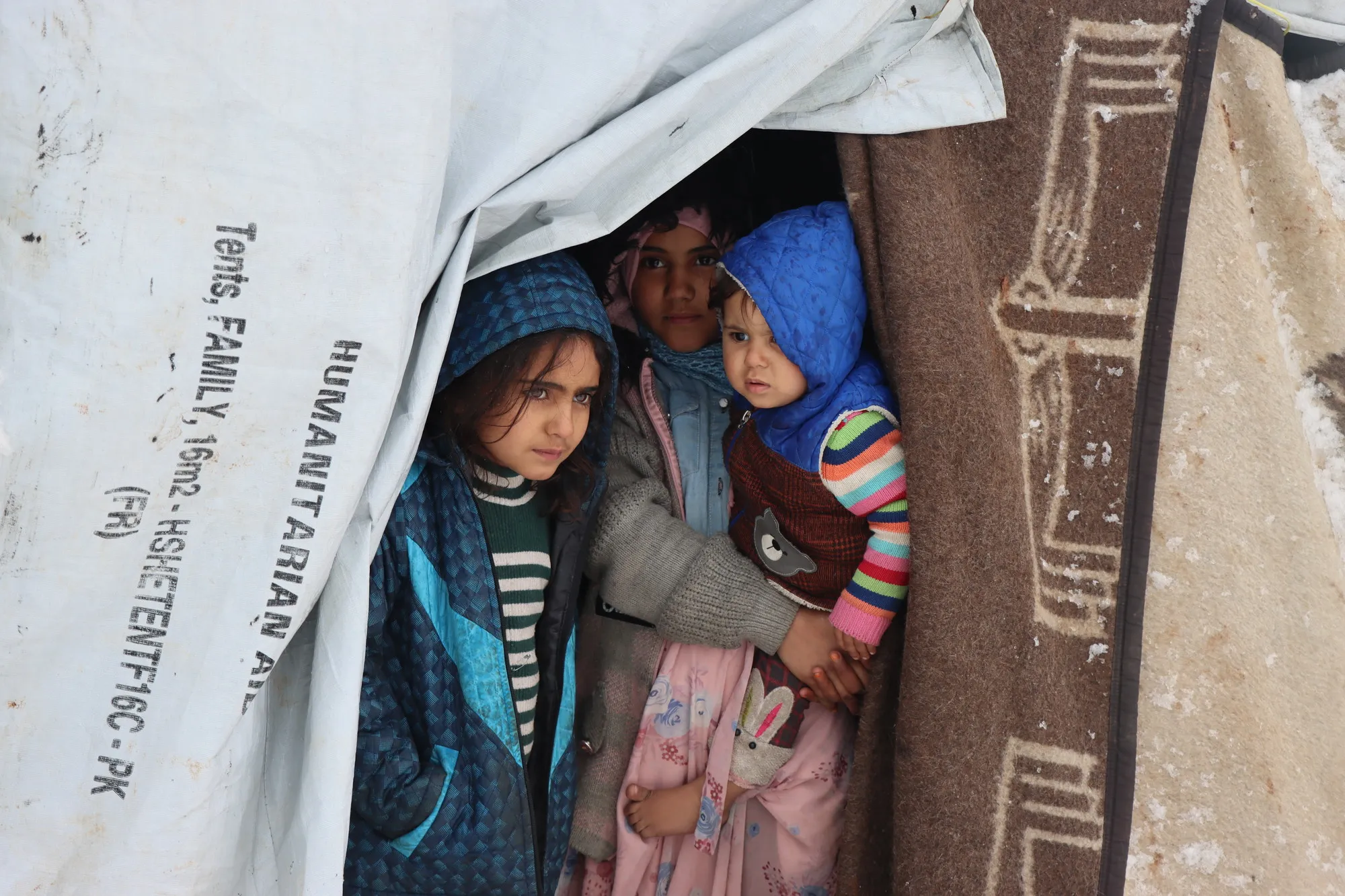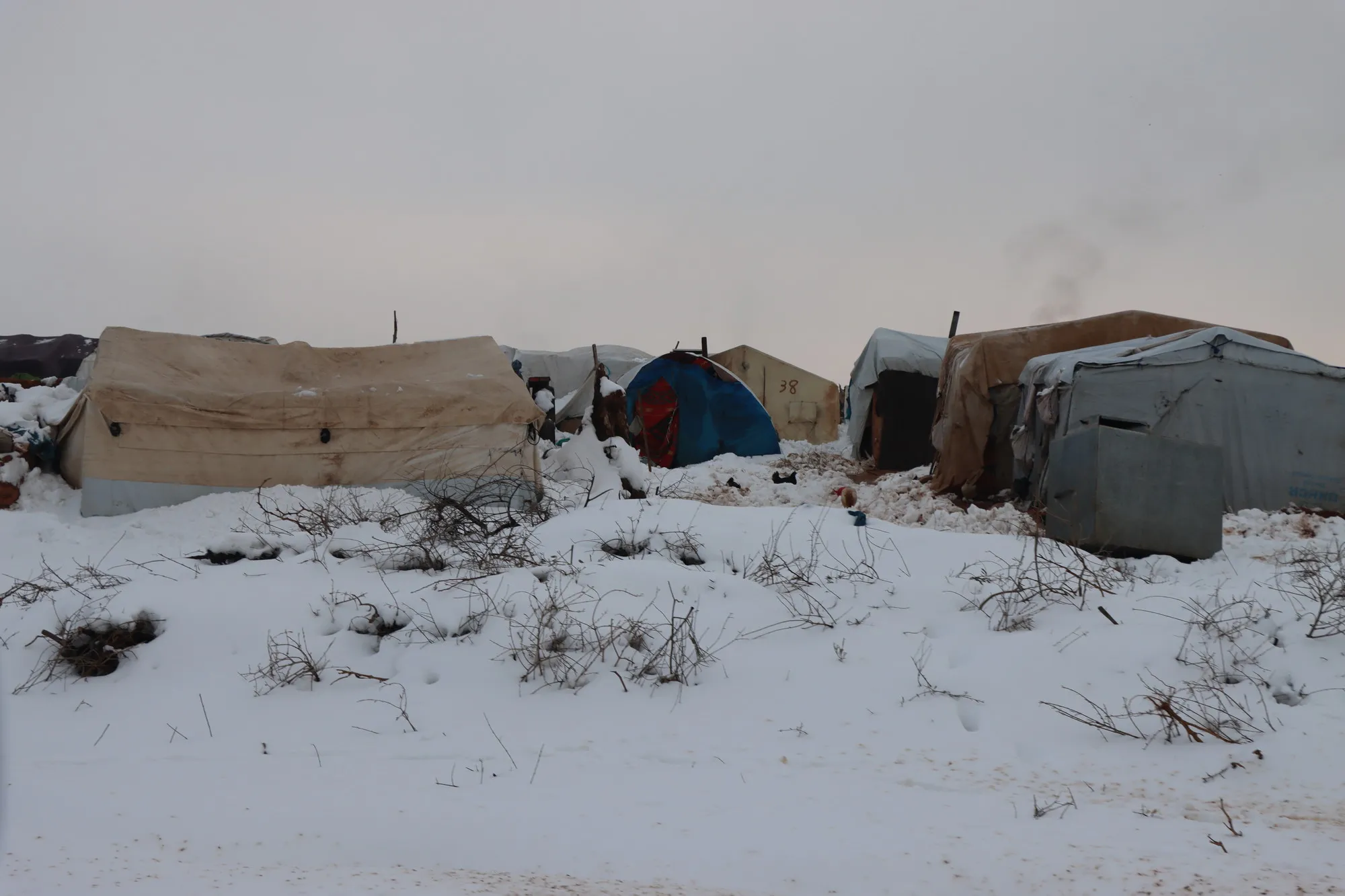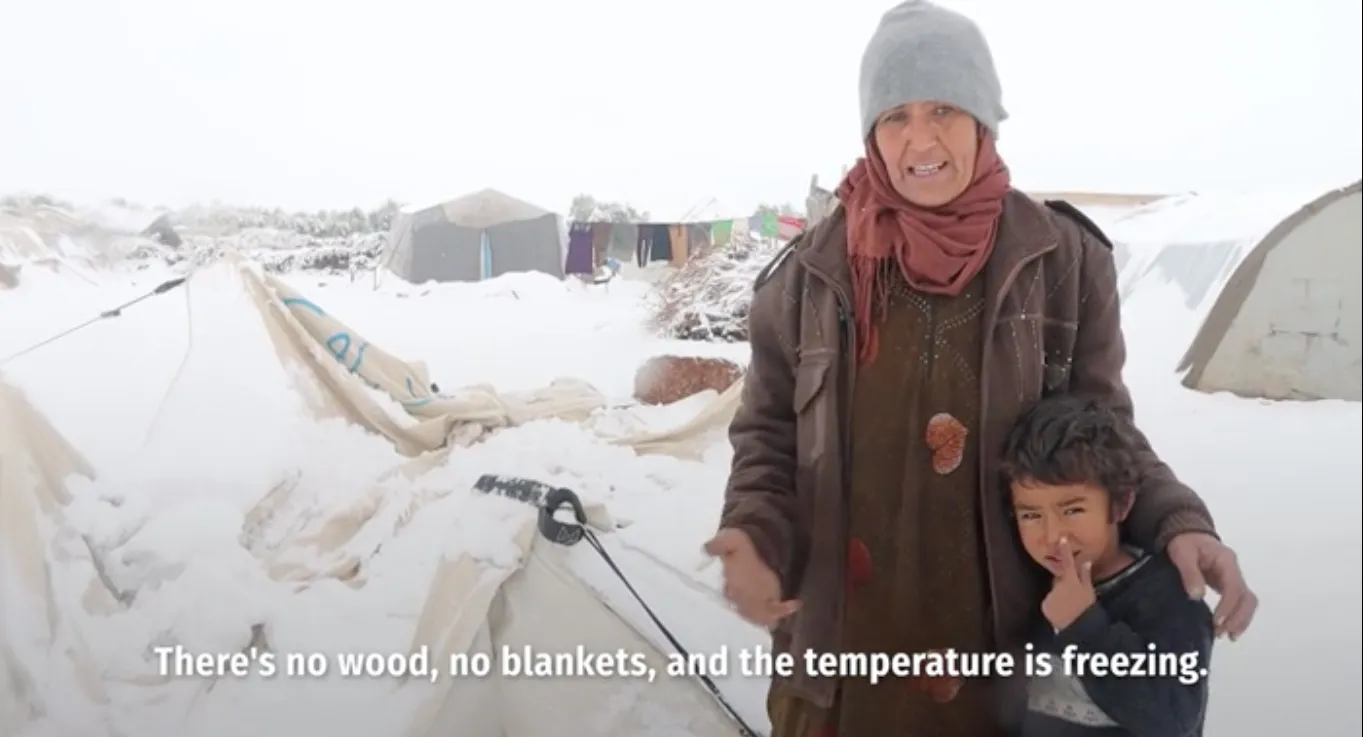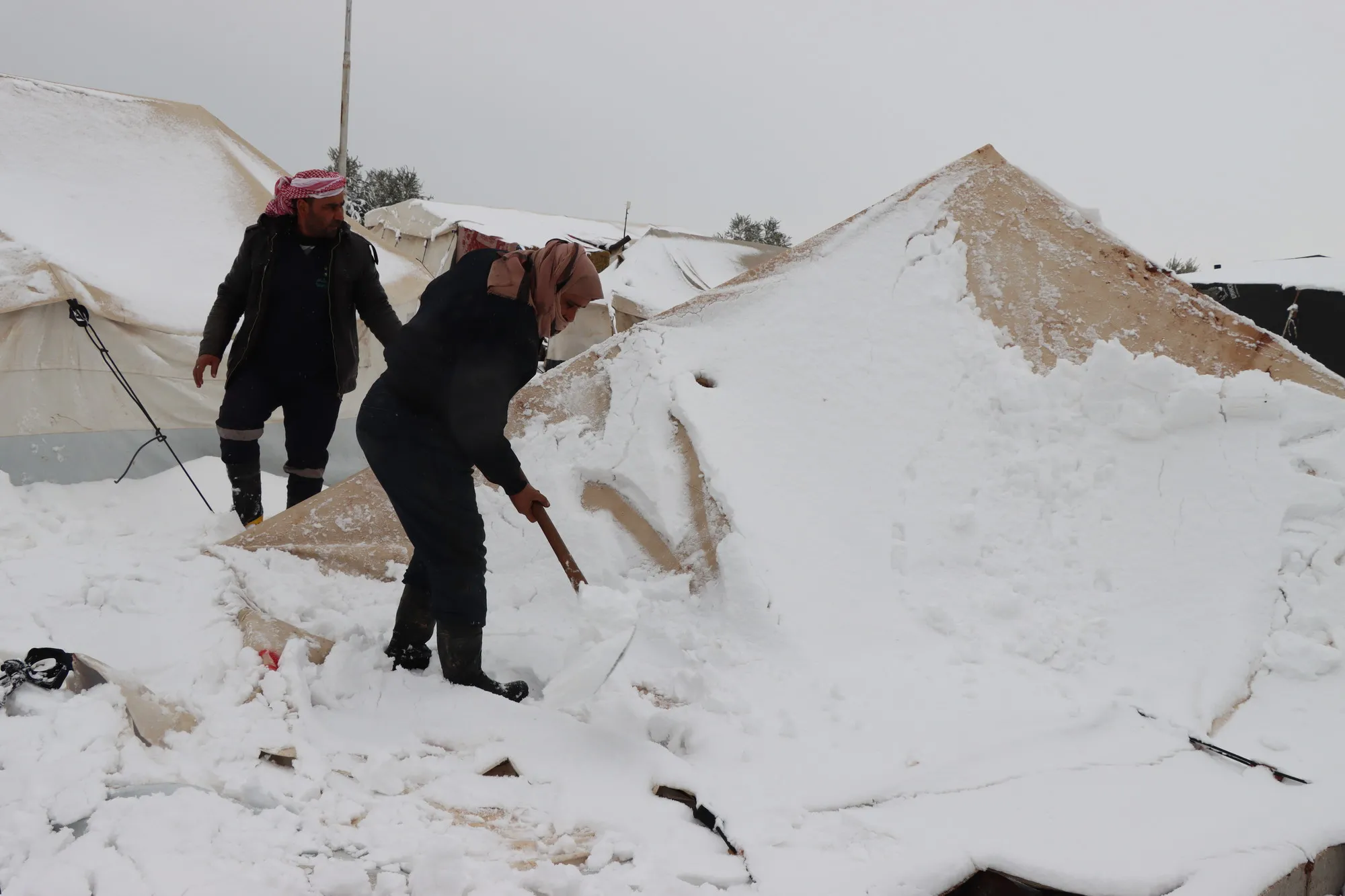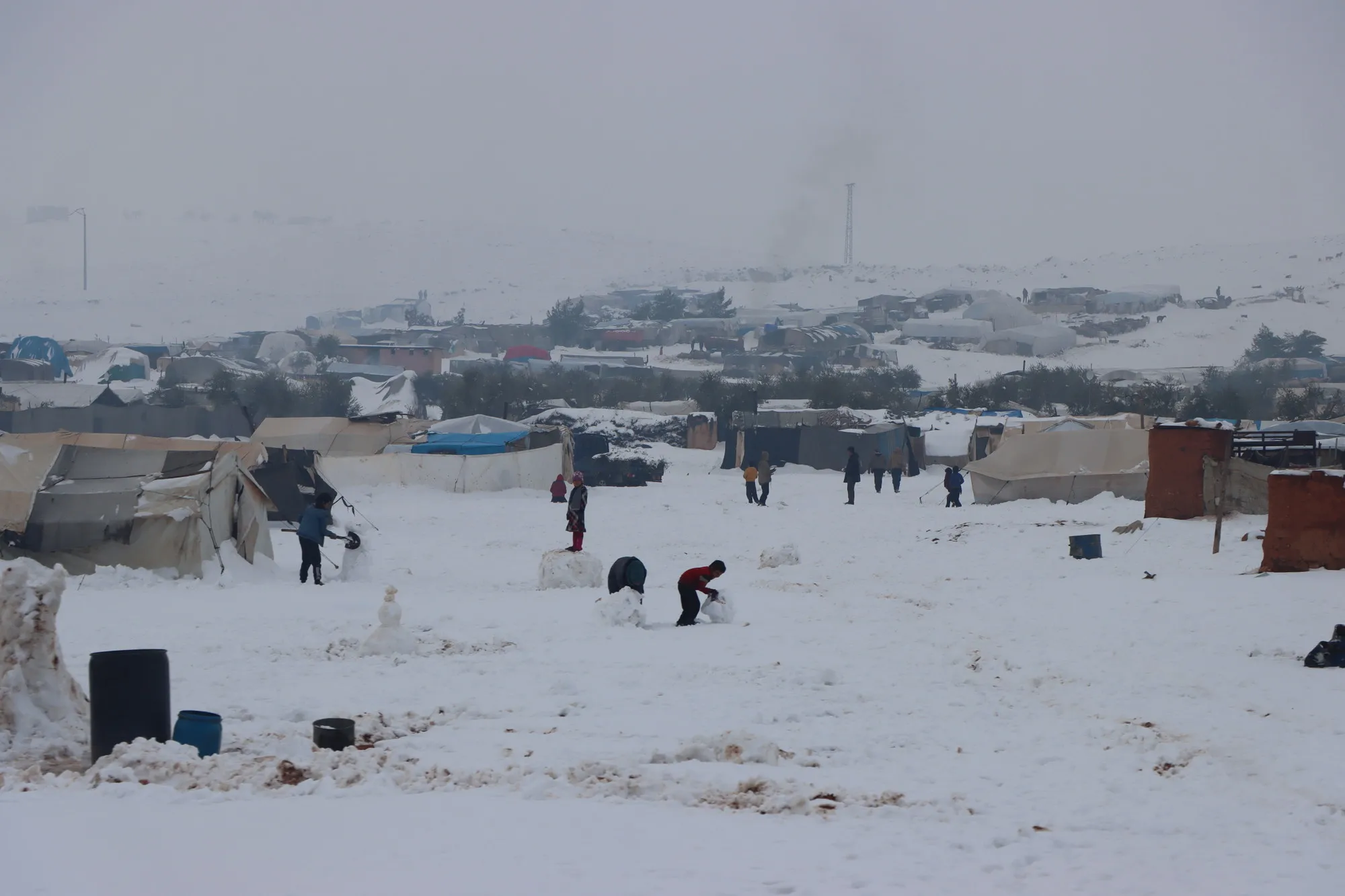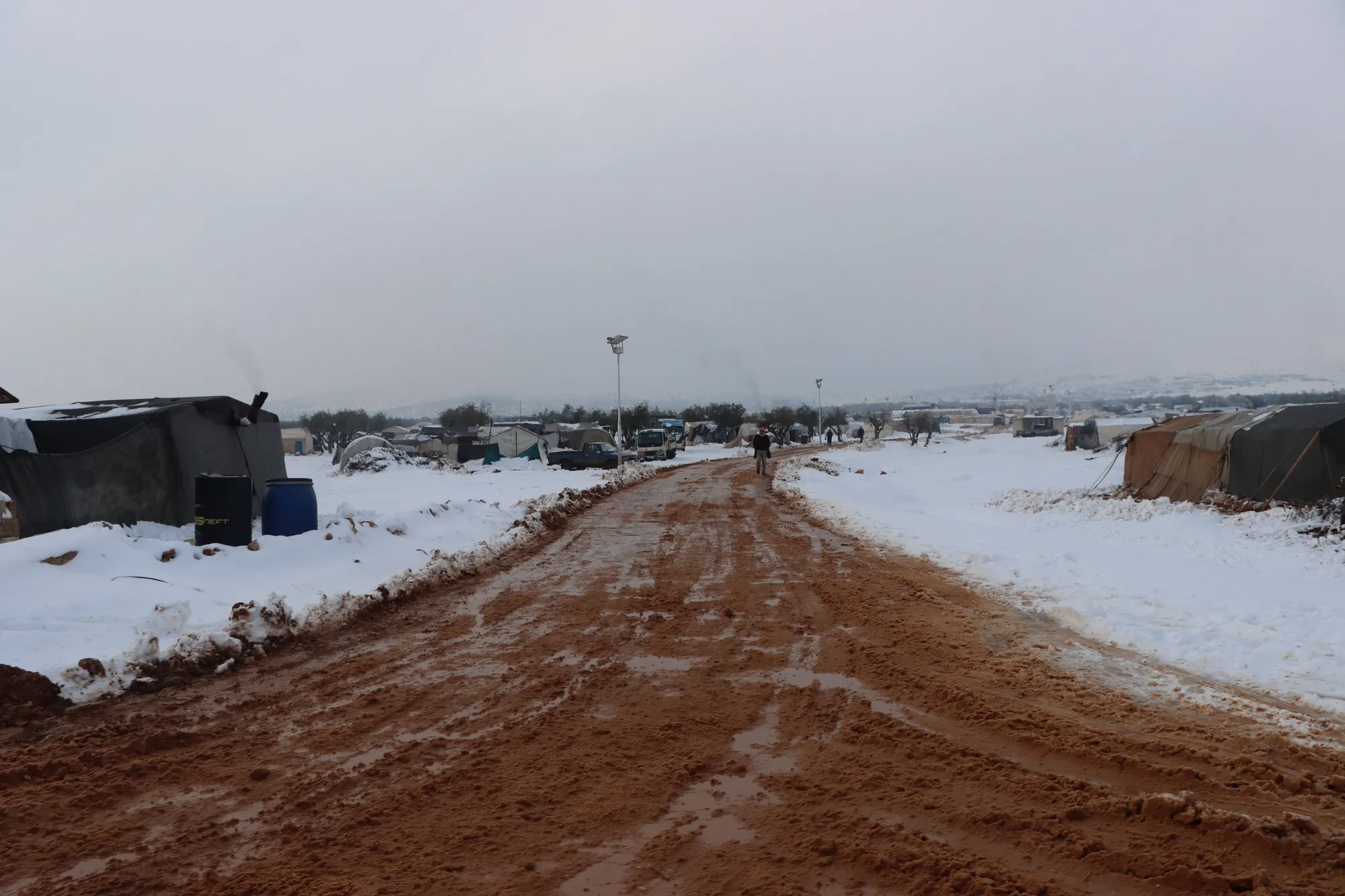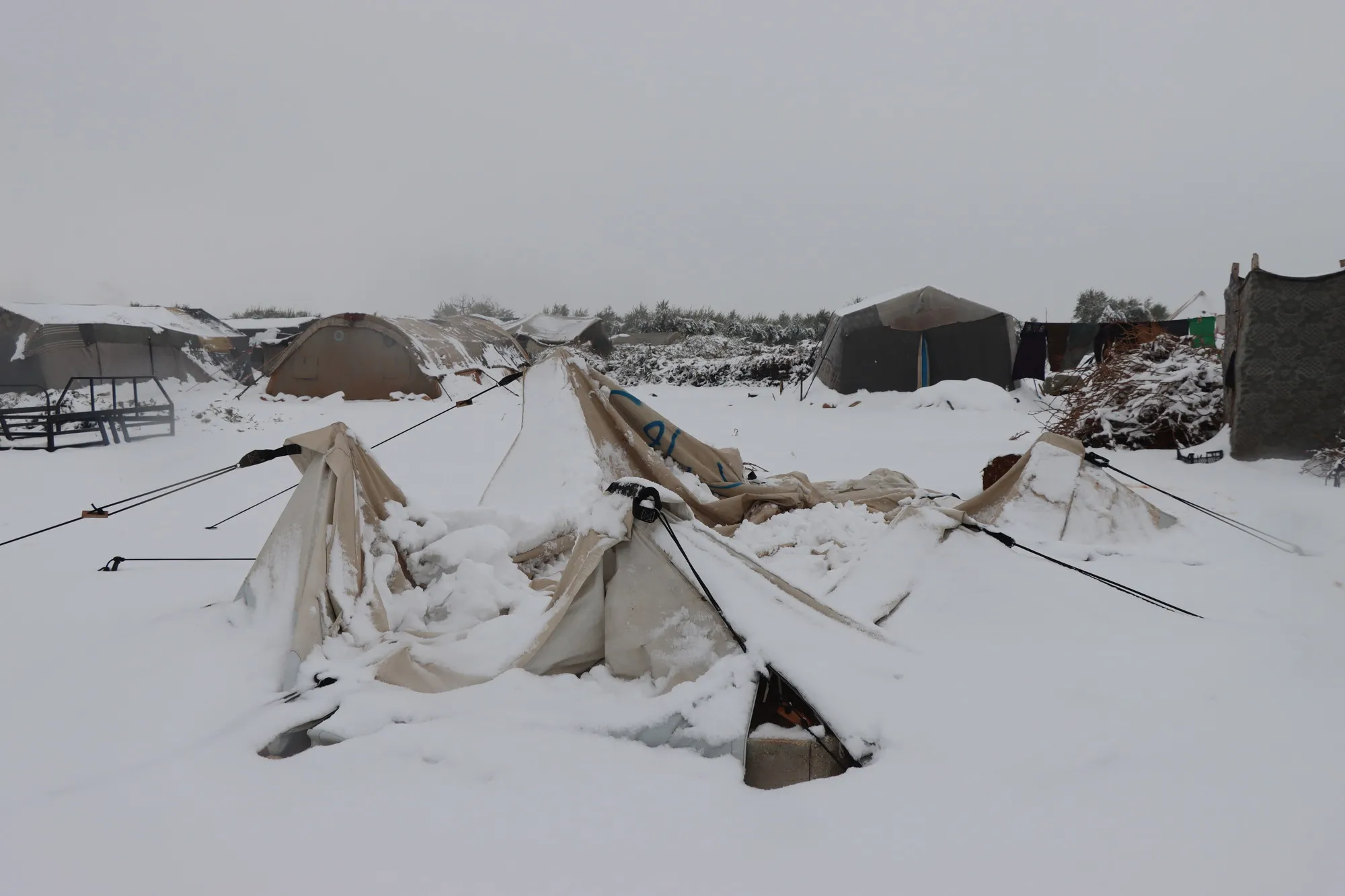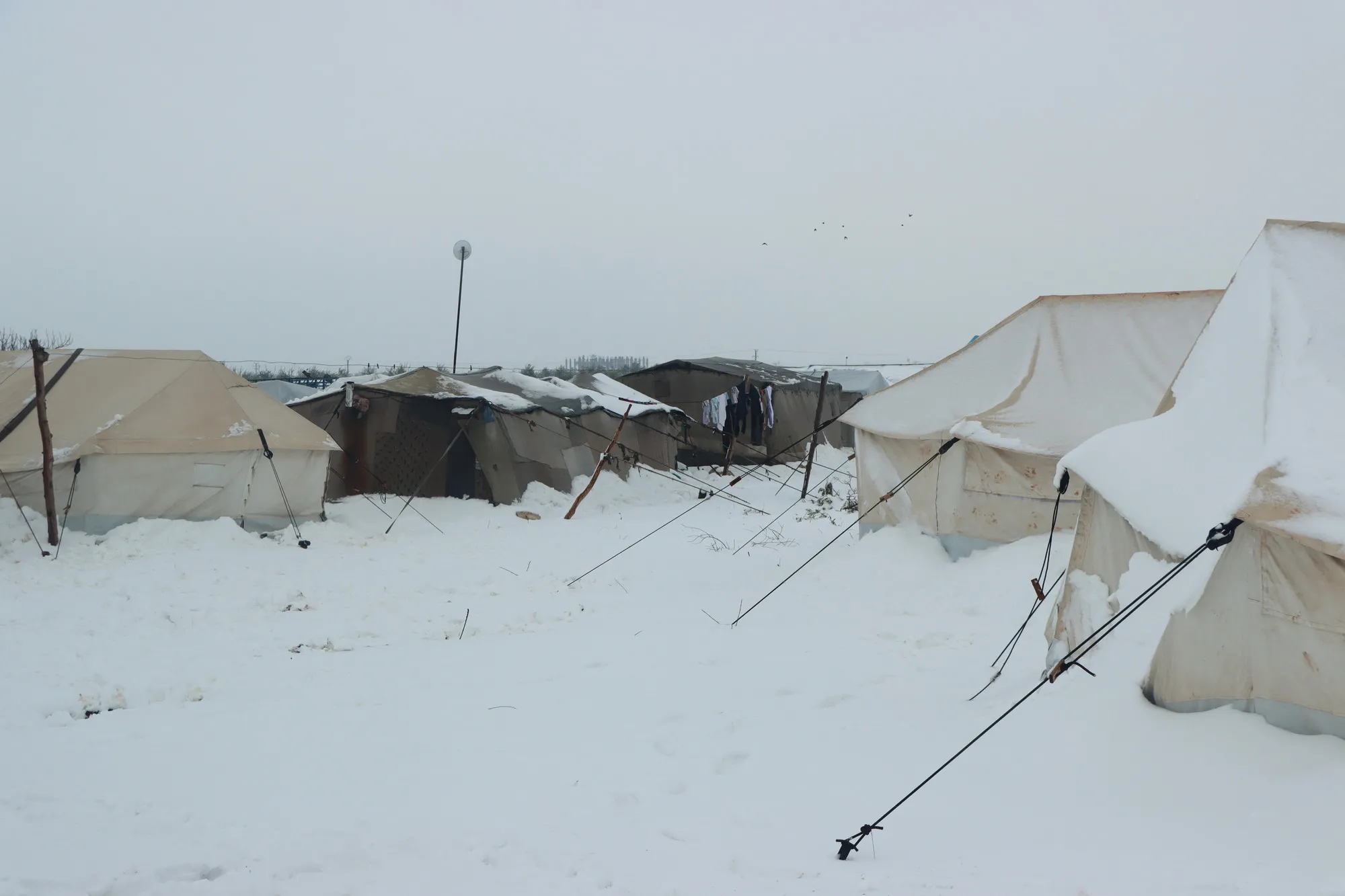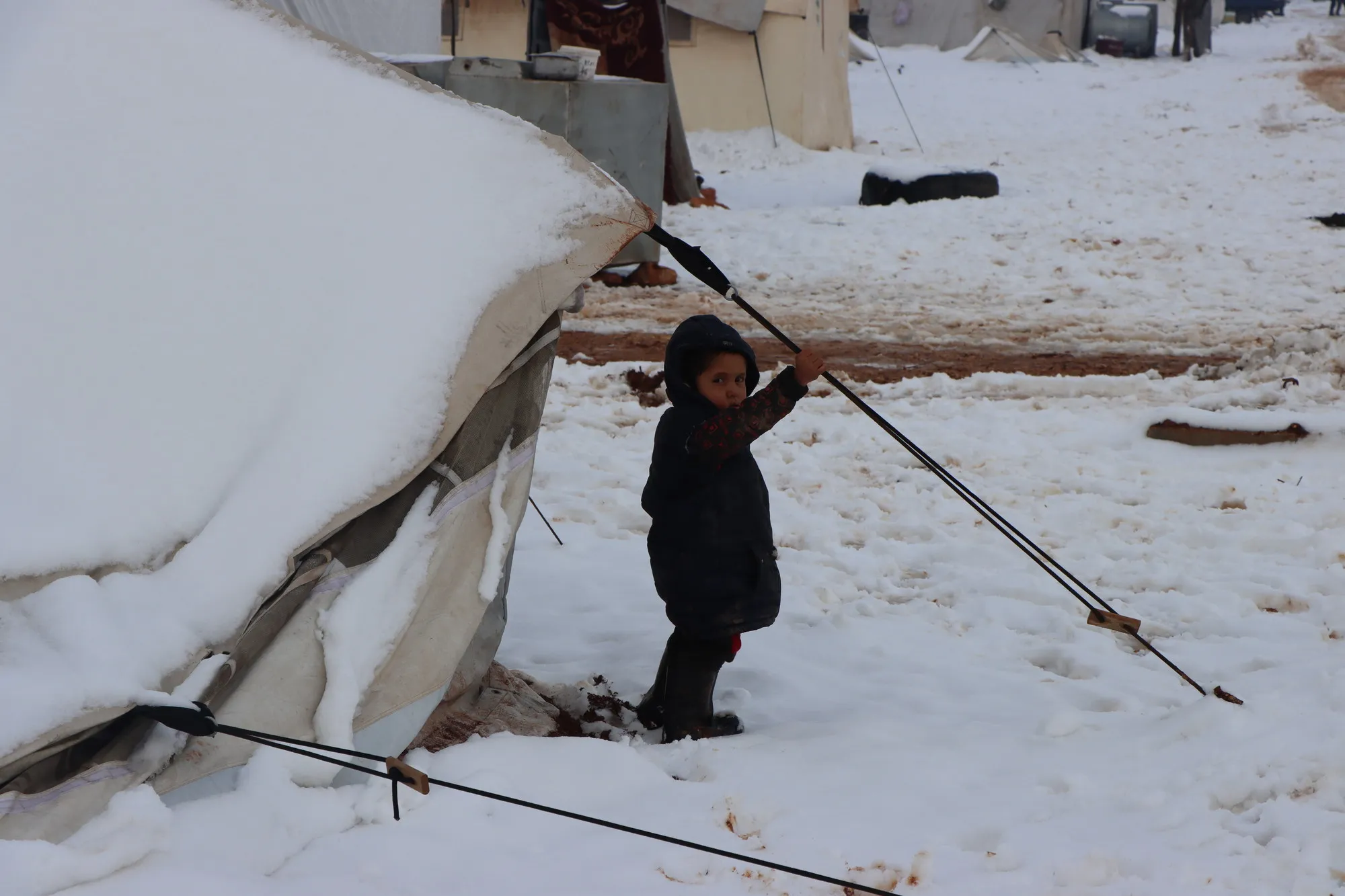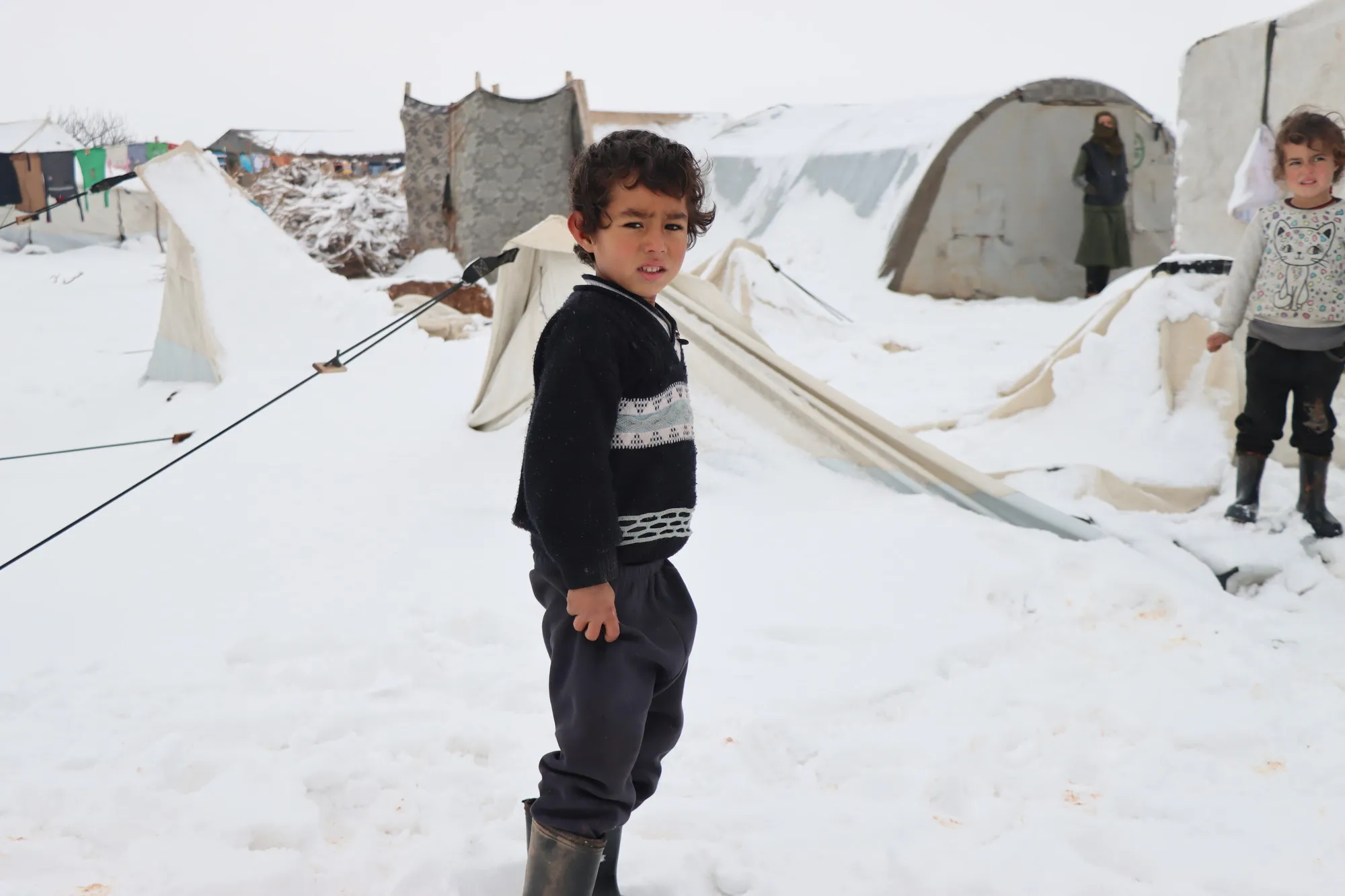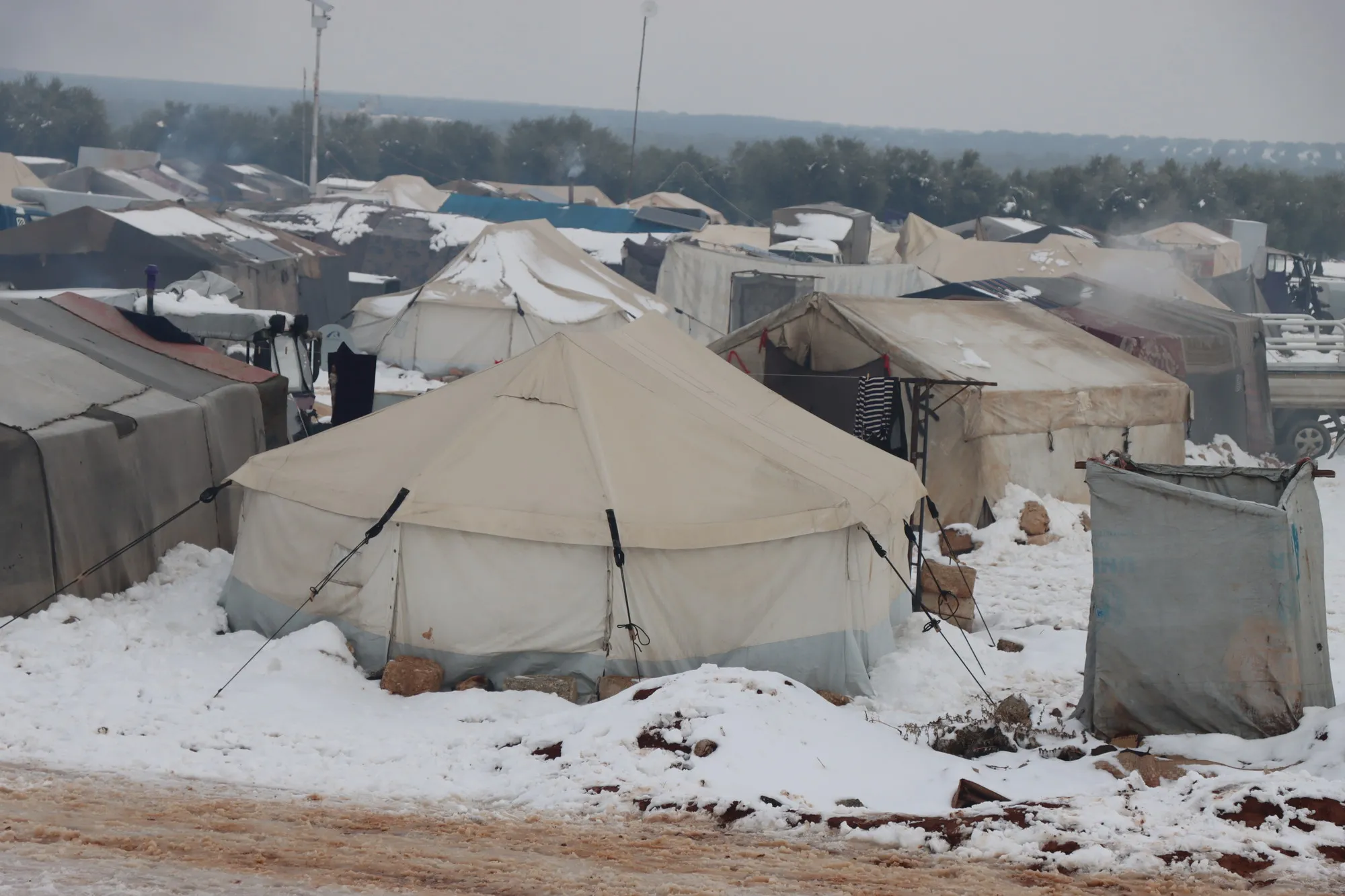“After 11 years of the Syrian crisis, tents cannot be the option we rely upon. While storms as big as this one are rare, winter comes every year, and tents get damaged and destroyed. Even under good conditions, tents will not last longer than two years, so they need to be replaced. So this solution is not cost-effective.
What we are asking of donors – now and well into the future – is that if they want to see people live in dignity, even in temporary housing, we must have other, more dignified shelter options that are not tents. The shelter NFI cluster has proposed a few other models that are viable alternatives.
At the same time, our definition of ‘shelter’ must be broader than just a structure. The measure of success is whether we have a structure along with a comprehensive set of services, such as a school, a protection center for women, and livelihood options.
Right now, for us not enough to us to just build four walls. Because if women are not able to leave those four walls to access incomes, or to get to a safe space for protection, it is just a structure, not a true shelter.”

